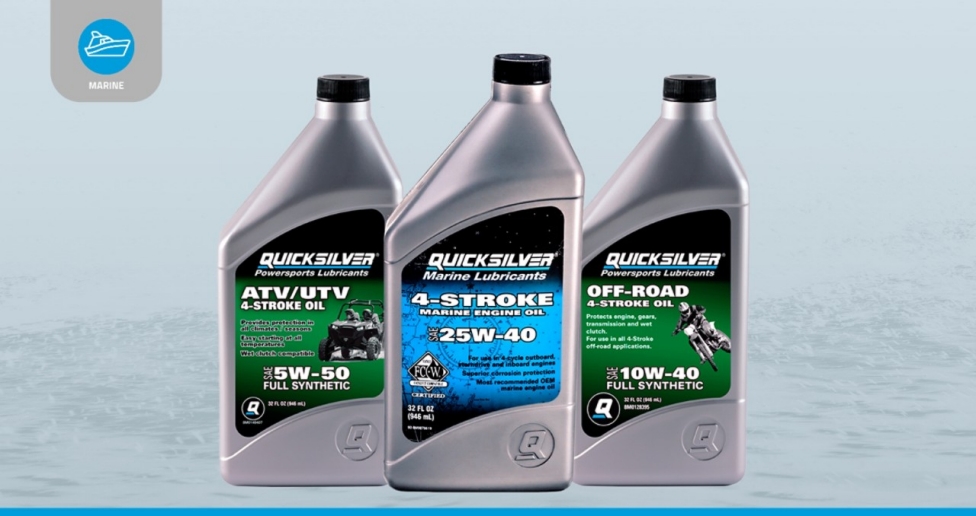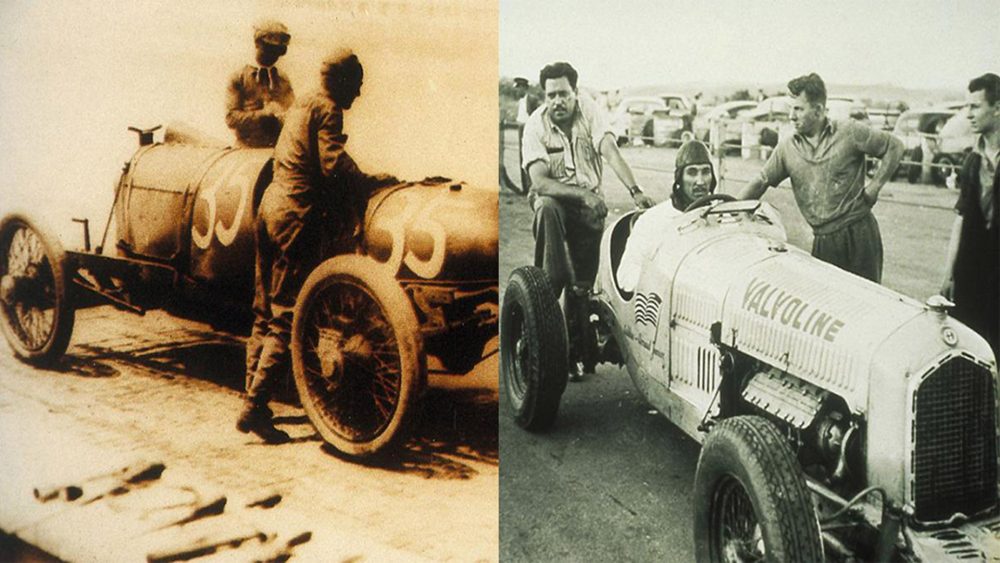It is not recommended to run the engine before checking the oil level. To avoid burns and inaccurate readings, it is important to check the oil level when the engine is cold and the car is parked on a level surface.
Starting the engine before checking the oil level can also cause the oil to circulate and give a false reading. It is important to wait until the engine has cooled down and then remove the oil dipstick to check the oil level.
Checking the oil level in your car is an essential part of vehicle maintenance. It helps to ensure that the engine is properly lubricated and can prevent costly repairs in the future. In this blog post, we will explore the reasons why you should not run the engine before checking the oil level and provide step-by-step instructions on how to check the oil level in your car. We will also discuss the importance of using the correct type of oil and how to add oil if necessary.

Credit: www.gulfoilltd.com
The Debate: Hot Vs. Cold Engine Oil Checks
The debate over whether to check engine oil when it’s hot or cold is a hot topic among car enthusiasts. Pros of Cold Engine Checks include the ability to get a more accurate oil level reading, as the oil has settled. This method also reduces the risk of burns from hot engine components. On the other hand, Pros of Hot Engine Checks allow for a more thorough oil distribution, as the oil is warm and flows more freely. It also helps to identify any leaks or other issues that may not be evident when the oil is cold.
Understanding Oil Expansion
When it comes to running the engine before checking the oil, it’s crucial to understand how temperature affects oil. Fluids expand with heat, and this can lead to inaccurate oil level readings if the engine is warm. Therefore, it’s best to check the oil when the engine is cold to get an accurate reading on the dipstick. If you need to add oil, it’s important to wait for the engine to cool down before doing so. Overfilling can cause problems for the engine, so it’s advisable to add small amounts at a time and check the oil level frequently while filling.
Safety First: Preventing Burns
If you’re checking the oil yourself, make sure that the car is parked on level ground and, with most cars, that the engine is cold, so you don’t burn yourself on a hot engine part. It is recommended to wait for the engine to cool down before adding oil or checking the oil level. This will prevent any potential burns or injuries from touching hot engine components.
For some cars, the automaker recommends that the oil be checked after the engine has been warmed up. However, it is important to exercise caution when dealing with a hot engine. Allow the engine to cool down for a few minutes before checking the oil level to avoid burns. Always follow the manufacturer’s guidelines for checking the oil level and ensure your safety first.

Credit: mechanics.stackexchange.com
Manufacturer Recommendations
When it comes to checking the oil in your car, it’s important to follow the manufacturer’s recommendations. These guidelines are set by the car manufacturer and provide important information on when and how to check the oil level. Following these recommendations ensures that you are checking the oil at the right time and under the right conditions.
Why do these recommendations matter? Well, they are based on the specific design and requirements of your car’s engine. The manufacturer knows best when it comes to the ideal conditions for checking the oil. For example, some manufacturers recommend checking the oil level after the engine has been warmed up, while others recommend checking it when the engine is cold.
To find your car’s guidelines, refer to the owner’s manual or contact the manufacturer directly. It’s important to follow these guidelines to ensure that you are maintaining your car’s engine properly and avoiding any potential issues that may arise from incorrect oil level readings.
Adding Oil: Do’s And Don’ts
When it comes to adding oil to your engine, there are a few do’s and don’ts to keep in mind. The right way to top off your engine oil is to turn off the vehicle and wait for the engine to cool down. Then, remove the oil filler cap and slowly pour in small amounts of oil while checking the oil level frequently. Avoid overfilling the engine oil, as it can cause problems for your engine. Additionally, some common mistakes to avoid include adding oil when the engine is hot and not using oil that meets the specifications for your car. Always make sure to follow the automaker’s recommendations for checking and adding oil to your engine.
Checking Oil Level: A Step-by-step Guide
To check the oil level in your car, you need a few essential tools. These include a clean rag or paper towel, a funnel, and the most crucial tool: the dipstick. Make sure that the car is parked on level ground and that the engine is off for at least 10 minutes before checking the oil level.
Once the engine is off, locate the dipstick and remove it. Wipe the dipstick clean with a rag or paper towel, insert it back into the dipstick tube, and remove it again to check the oil level. The dipstick has two marks that indicate the minimum and maximum levels. The oil level should be between these two marks.
If the oil level is below the minimum mark, you need to add more oil. Use a funnel to pour the oil into the oil filler cap, a bit at a time, and check the oil level frequently while filling. Overfilling can cause problems for your engine, so make sure not to add too much oil.
When To Check Your Oil: Timing Is Everything
Timing is everything when it comes to checking your oil. To get the most accurate readings, it’s best to check your oil at certain times. Here are the best times for accurate readings:
- When the engine is cold: Make sure the car is parked on level ground and the engine has cooled down. This will prevent any burns and give you a more accurate oil level.
- Before starting the engine: Checking the oil before starting the engine ensures that the oil has settled and gives you a baseline reading.
- After the engine has been off for a few minutes: This allows the oil to drain back into the oil pan and gives you a more accurate measurement.
- Before a long trip: It’s always a good idea to check your oil before embarking on a long journey to ensure that you have enough oil for the duration of the trip.
- Regularly: Checking your oil on a regular basis helps you monitor the oil level and catch any potential issues early on.
Beyond The Dipstick: Understanding Oil Health
When it comes to maintaining your engine’s health, checking the oil regularly is crucial. One of the key factors to consider is the color and consistency of the oil. Fresh engine oil should have a clear, amber color. If you notice a dark, dirty appearance, it’s a sign that the oil needs changing.
Additionally, the consistency of the oil is important. Good quality oil should have a smooth and slippery texture. If it feels gritty or contains any metal particles, it’s a clear indication that the oil needs to be replaced.
Regularly checking your engine oil is essential for optimal performance and longevity of your vehicle. By paying attention to the color and consistency, you can identify signs that your oil needs changing, ensuring that your engine stays well-lubricated and protected.
Credit: www.quora.com
Frequently Asked Questions
Do You Check The Oil When The Engine Is Hot Or Cold?
It’s best to check the oil when the engine is cold to get an accurate reading.
Should I Run The Engine Before Adding Oil?
It’s best to run the engine for a few minutes to warm the oil before adding more.
What Should You Do Before Checking Engine Oil?
Before checking engine oil, there are a few steps you should take: 1. Make sure the engine is turned off and has cooled down. 2. Park the car on level ground to get an accurate reading. 3. Locate the dipstick, which is usually labeled and can be found near the engine.
4. Pull out the dipstick, wipe it clean, and then reinsert it fully. 5. Finally, pull out the dipstick again and check the oil level against the markings on the dipstick. By following these steps, you can accurately check the engine oil level in your car.
Can You Check The Oil Level After Driving?
Yes, it’s best to check the oil level when the engine is cold and has been turned off for a few minutes.
Conclusion
It is not necessary to run the engine before checking the oil level. You can obtain an accurate reading by ensuring the vehicle is parked on level ground and waiting for the engine to cool down. By following these simple steps, you can effectively monitor and maintain the proper oil level for your vehicle.


